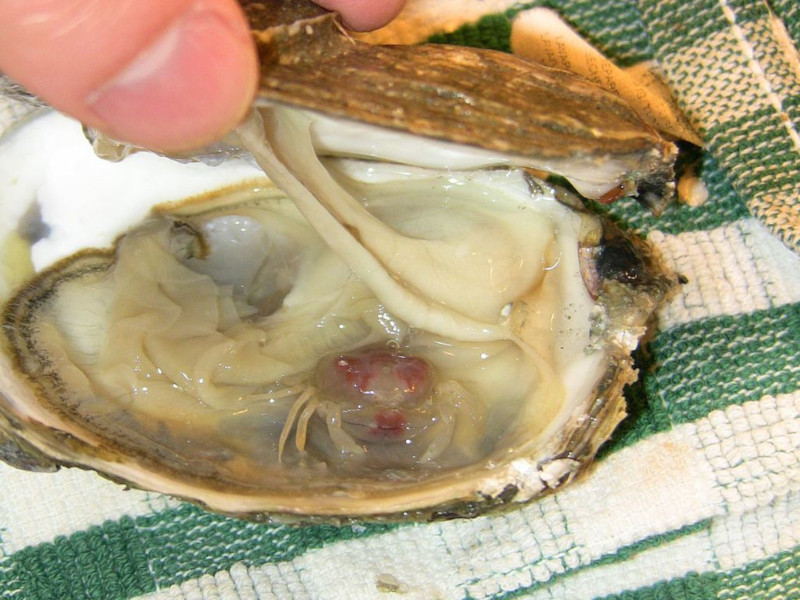
Pea Crab Facts
- First of all, the truly amazing crustacean commonly known as the Pea Crab holds a remarkable distinction. This holds true because the tiny creature remains the smallest known species of crab in the entire world. In fact, its name derives from its similarity to a pea in size.
- However, its diminutive size does not remain its only claim to uniqueness. Possessing the scientific name of Pinnotheres pisum, this marvelous little animal also remains the only known crab to hold another distinction. That’s because this species evolved as a parasite.
- For the moment, the IUCN has no status information on the tiny crustacean we know as the remarkable Pea Crab. This occurs because the population of this astounding species appears to be stable. However, that situation could potentially change in the near future.
- Like many species around the world today, this magnificent example of the resiliency of Nature now faces a very real threat. That threat, of course, is climate change. But, in its case, habitat loss augments this danger. That’s because it already has a limited range of distribution.
Related Articles
Pea Crab Physical Description
Incredibly, the fabulous arthropod most commonly known as the Pea Crab has yet another distinguishing characteristic setting it apart. Much like many related species, it displays the trait of sexual dimorphism. However, in the case of this completely unique animal, one manner isn’t enough. That’s because it does so in terms of both physical size and physical appearance.
Firstly, the females of this particular crustacean generally attain a carapace measuring length significantly larger than that of the male. That’s because she reaches an average body length equaling about 0.5 in (13 mm). Meanwhile, however, the male remains much smaller. In point of fact, the male only attains an average body length equaling about 0.24 in (6 mm).
Secondly, though, the truly amazing Pea Crab also displays significant differences in terms of appearance between the genders, as well. For one, the males develops a hard, rounded carapace. Further, this shell shows a yellowish gray color, with patches of brown. However, in quite sharp contrast, the female remains mostly translucent, and has a soft body.
- Kingdom: Animalia
- Phylum: Arthropoda
- Class: Malacostraca
- Order: Decapoda
- Family: Pinnotheridae
- Genus: Pinnotheres
- Species: P. pisum
Pea Crab Distribution, Habitat, and Ecology
Unfortunately for both the Pea Crab and its admirers, the tiny crustacean inhabits a restricted habitat range. That range consists of only the coastlines of the United Kingdom, and the eastern coastlines of Ireland, in Europe. However, in Ireland, it only appears in a few widely scattered locations.
In addition, this fascinating animal also has extremely specific, and in one manner, astounding, habitat requirements. For one thing, it only lives in areas extending from the inter-tidal region, out to a maximum depth of about 180 ft (55 m). Males of the species typically live among rocky outcroppings.
But, astoundingly, the female lives her life as a parasitic organism. She actually makes her home inside another creature. She remains completely dependent on this host for shelter, food, and oxygen. Further, the majority of host creatures consists of various clams, oysters, mussels, and related species.
Quite understandably, researchers currently know very little about the exact feeding habits of the Pea Crab. Among females, evidence indicates that she feeds off the plankton brought into the host, effectively stealing its food. Meanwhile, the feeding habit of males still remains something of a mystery.
Species Sharing Its Range
Check out our other articles on 8 Truly Monumental Orchids, Little Penguin, Bungle Bungles, San Diego Thornmint, Western Pygmy Blue, Visayan Spotted Deer, Great Hammerhead Shark
